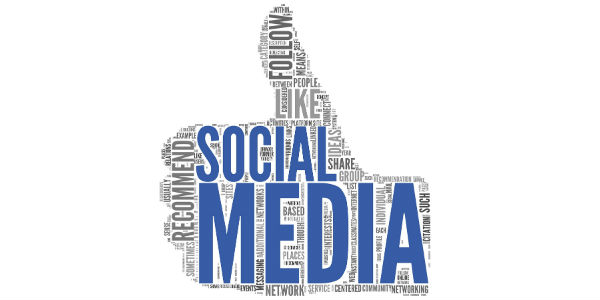A Well-Managed Social Media Program Can Increase Brand Loyalty and Improve Overall Communications
As consumers rely more on social media to acquire information and interact with the marketplace, credit unions have an opportunity to build brand awareness by engaging with different audiences from many technology platforms. When used effectively, social media can also be a useful tool for communicating with employees, sharing information about special events and supporting effective HR recruiting.
According to results from a Pew Research Center internet study, 89 percent of individuals between the ages of 18 and 29 use social media sites, while 78 percent of 30- to 49-year- olds and 60 percent of those 50 to 64 do so. What’s more, a Market Probe International survey of Twitter users finds 85 percent say they feel a closer connection to a small business after they follow it and 82 percent are more likely to recommend that business’ product or service to friends and family.
As credit unions continue to strive to increase market share, especially among the younger age demographic, social networking is a valuable tool for connecting with potential new members.
The secret to being “found” on social media
Make sure the information posted on your site is fresh and interesting. Otherwise, it will appear stale and visitors will look elsewhere for more engaging content.
Some of the most highly rated social media sites include games and contests that engage visitors and encourage them to stay connected with opportunities to win prizes for participating. And if a promotion is effective, it won’t take long for users to pass it along to their peers to introduce even more potential members to your site.
Internal benefits of being “social”
For human resources professionals, social media provides access to a wealth of information on industry trends, problem-solving strategies, and product and vendor recommendations. And, if you are looking for young talent to fill staff openings, social networking is the best recruiting tool currently available.
Plus, social media can be a useful tool for posting brief notifications to staff regarding such things as facility closings due to inclement weather, department meetings, new policies and procedures, or institution news.
Proper usage policies can alleviate risks
However, in addition to opening new channels for communication and interaction with internal and external audiences, social media networks can also introduce security, compliance and reputational risks if not managed properly. A social media usage policy – that clearly outlines how your credit union and its employees will be represented in the virtual community – is imperative.
Specific details should include:
- when and how employees may use social media;
- the importance of protecting network security;
- the need to ensure member and employee privacy; and
- how to maintain the institution’s reputational integrity.
Make sure all employees understand the organization’s definition of social media, as well as how they should conduct themselves when representing the credit union or discussing it in any fashion on a selected network.
While no case law currently exists for dealing with employee use or abuse, you can create a positive flow of content and interaction by establishing responsible use policies from the outset.
Keep an eye open for inappropriate comments
In today’s environment, misleading or inaccurate information can go viral quickly. It is important to implement guidelines on how to address discourteous or disrespectful comments – posted by internal personnel or social media followers – and what course to take in the event information needs to be removed from a site. If your organization is going to be part of the social media scene, commit to being on-board completely and designate someone to monitor everything that appears on any site connected to your brand.
A well-managed social presence has its rewards
As with any form of consumer communication, social media interaction can boost your marketing efforts and increase business if handled properly. It can also improve employee morale and create a sense of connectivity between all staff levels. As long as everyone – from management to new trainees – fully understand what it is and how to use it.







